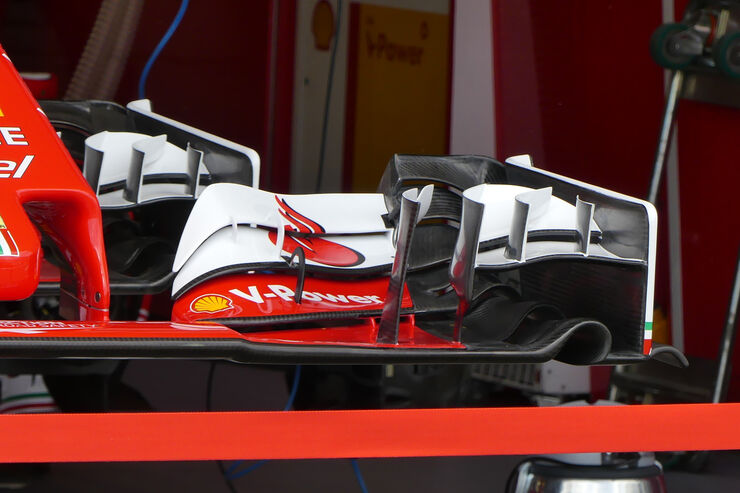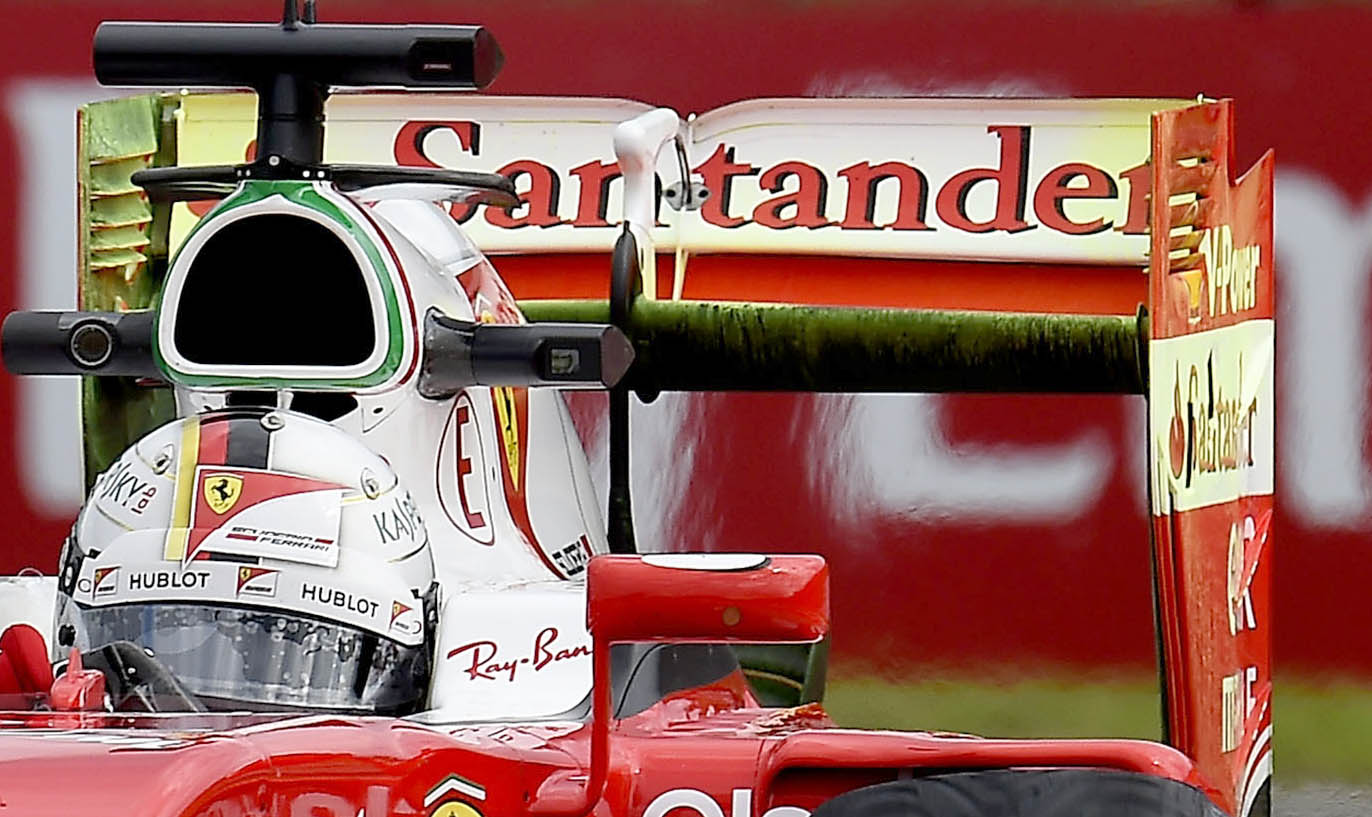Don't be silly. Also your logic is flawed. Ferrari's top speed even drops massively at the end of straight from 325 down to like 315, clearly indicating lack of ERS usage, whereas hamilton's actually increases at the end of straight up to 341. 25 kmh worth of difference in drag?rscsr wrote:Mercedes doesn't accelerate any more from the beginning of the pit entry. Ferrari becomes slower from the beginning of the pit entry. So to me it looks like both stop deploying at pretty much the same time. The Mercedes has to lift during the corners beforehand, while the Ferrari just drives full throttle with about 295km/h, instead of 285km/h of the Mercedes at the same position. So this indicates that Ferrari used more downforce. Therefore they most likely had (even if both had the same efficiency) more induced drag.Juzh wrote:Man, if you believe they're deploying for 2s or 0.2s then... Yes, they might do this on a straight that is 3s off full throttle. But on longer straights they (merc) pretty much deploy for almost entire straights (with perhaps some exceptions), whereas renault and even ferrari do not.ChrisDanger wrote: That would require deployment on every single straight to explain the grpahs we are seeing, which is certainly not the best ERS tactic.
I mean just look at this difference between ferrari and merc in baku:
https://streamable.com/mlyc
look at the speedo. Merc is in the league of their own on the amount of ERS they're able to deploy.
Only hamilton was lifting trough there for whatever reason. Rosberg wasn't. Even in the first lap he went flat trough there at 300 kmh. Even perez was flat trough there.











